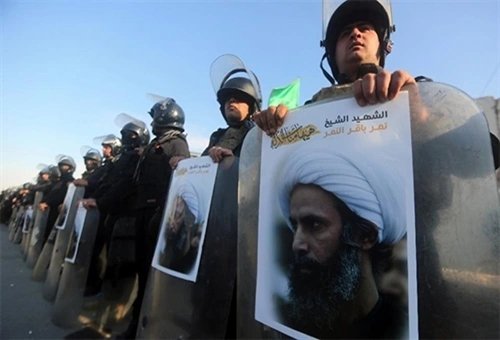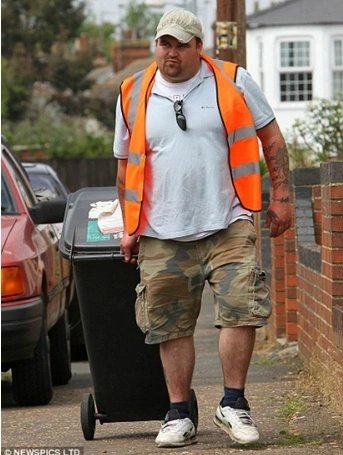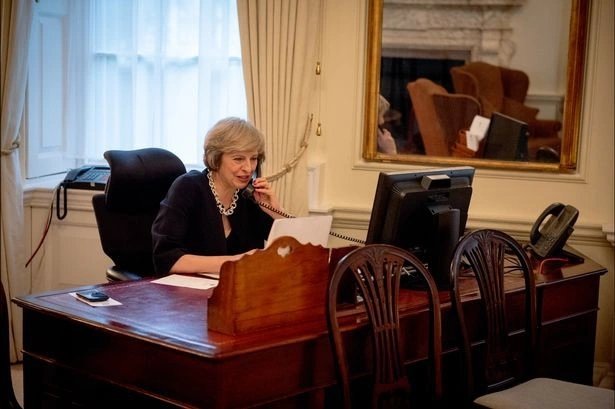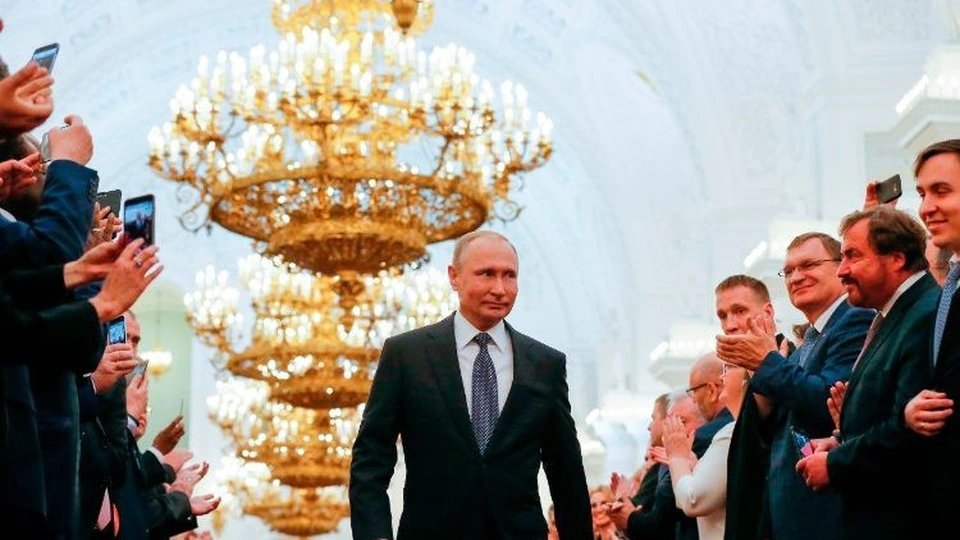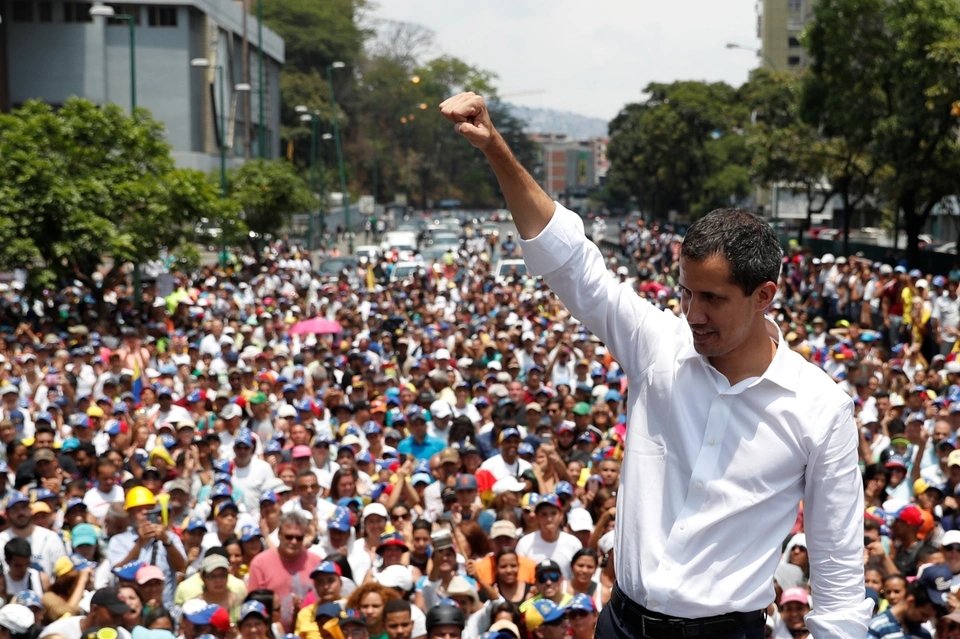
This is the sharpest drop in births in Japan in three decades, as the number of women of childbearing age declines and more people delay having children or decide not to have children, according to data.
From January to July this year, Japan had nearly 518,590 births, a sharp decrease compared to nearly 918,400 in 2018. This figure does not include children of foreigners living in Japan and Japanese children.
`The decline in births is happening faster than official predictions,` said Yasushi Mineshima, spokesman for the National Institute of Population and Social Security Research.
Children play at a kindergarten in Nagi town, Okayama prefecture, Japan.
Japan’s birth rate began to decline in the late 1970s and fell to a record low of 1.26 in 2005. Fertility then appeared to recover but began to decline again in 2016. By 2018, the birth rate
To maintain a stable population, countries need a birth rate of 2.1.
Mr. Mineshima believes that Japan’s population crisis is caused by a decline in the number of women of childbearing age.
A growing number of Japanese women are also deciding to have children later to prioritize work, according to a government analysis.
Another reason why the population crisis in Japan is becoming more serious is that the marriage rate is decreasing, while having children out of wedlock is still frowned upon by society.
The proportion of people aged 18 to 39 who have never had sex also increased, with women at 24.6% and men at 25.8%, according to 2015 data.
The birth rate is important in the context of Japan’s rapidly aging population and labor force shortage.
To cope with the above situation, Prime Minister Shinzo Abe’s government has set a target of increasing the birth rate to 1.8 and is working to help women balance work and family by increasing the number of kindergartens and daycare centers.



